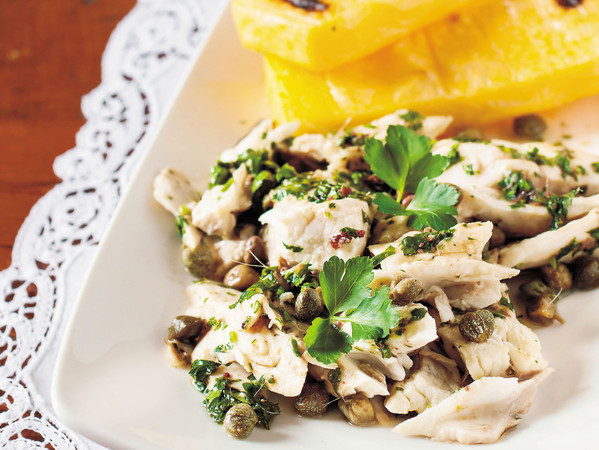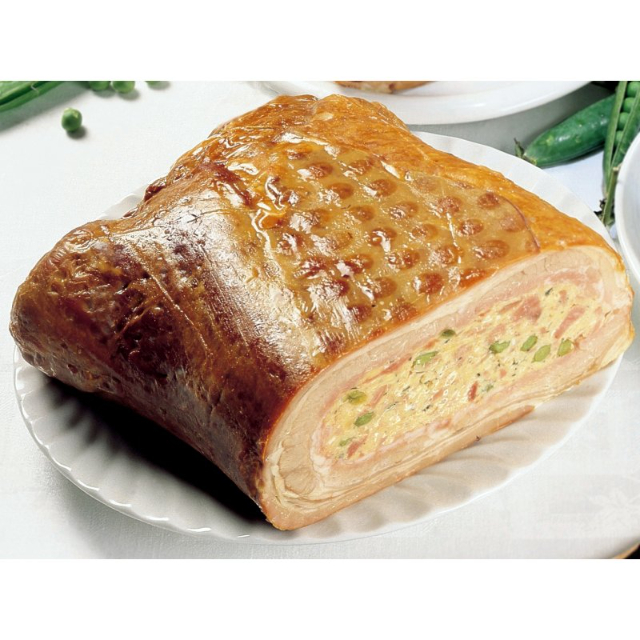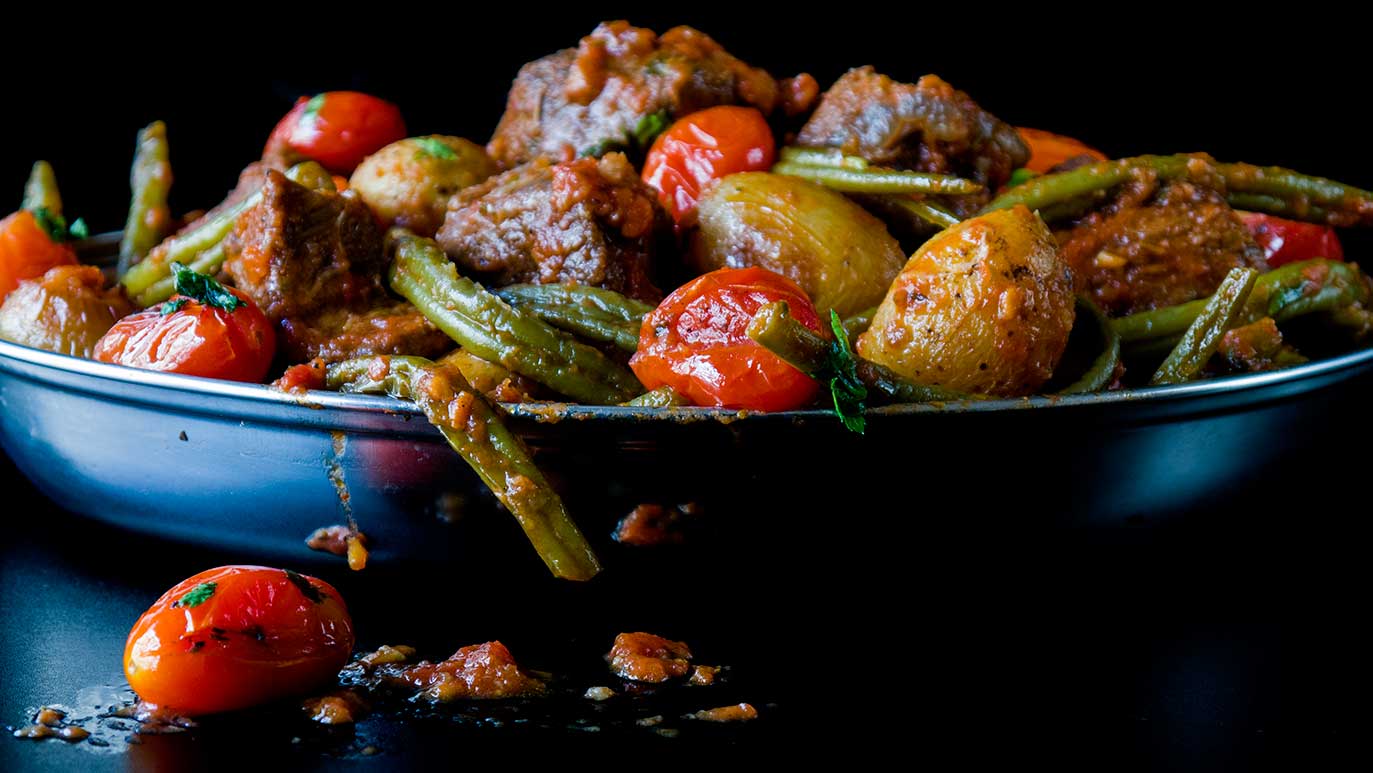The pike has always represented a much sought-after booty for freshwater fishermen. Unfortunately, it is less and less common because it eats, preys and generally dwells in flowing waters and cannot be bred because it cannot stand captivity.
The permanence of pike in the menus of Mantua’s restaurants can therefore be interpreted as a search for and enhancement of tradition because it is an increasingly rare fish, supplied by the informal market of knowledge between fishermen and the restaurant circuit.
The origins of pike in sauce are certainly very old, it is already mentioned in the Stefani’s treaty: "Pike must be from the river or from a good and not swampy lake; among all fishes, this one gives good nourishment… served with oil, lemon juice and vegetables; on the spit, larded with angiove, served with caperini sauce, shrimp tails, pumpkin and rosé vinegar… " (Brunetti, 1965:46).
At the time of the Gonzagas, but up until relatively recent times, since there were no methods of freezing, meat and fish from the sea required a lot of care, deep metamorphoses: the sauces, the spices, the strong taste of some fruits, overpowered (and annulled) the taste of the first element, probably no longer fresh.
Lake fish, on the other hand, thanks to its abundance and availability, could be cooked respecting its sweet and clean taste.
Pike in sauce is a preparation from Mantua that is truly worth tasting.













